They are the ultimate “how to draw” books for a young child, created by a doting dad who just happened to be one of the greatest artists of the 20th century. The granddaughter of Pablo Picasso has discovered an extraordinary collection of sketchbooks used by the artist to teach his eldest daughter to draw and color.
Picasso filled the pages with playful scenes — animals, birds, clowns, acrobats, horses and doves — which would delight any child, as well as adults.
He created them for Maya Ruiz-Picasso when she was aged between five and seven. On some pages, the little girl made impressive attempts to imitate the master. She also graded her father’s work, scribbling the number “10” on a circus scene, to show her approval.
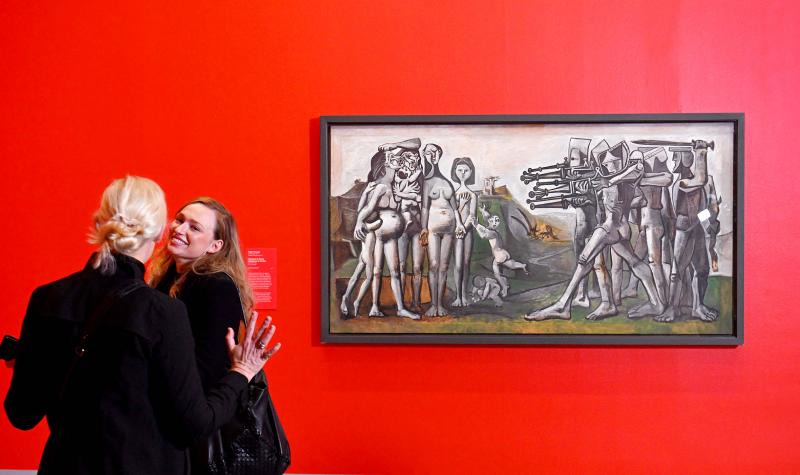
Photo: AFP
He drew two charming images of a fox longing for grapes — inspired by the 17th-century fabulist Jean de La Fontaine’s sour grapes fable, The Fox and the Grapes — and Maya colored in one of them. He also drew simple but beautiful eagles in a single movement, without raising the pencil from the paper, conveying his love of form and pure line to her.
The previously unseen collection includes exquisite origami sculptures of birds that he brought to life for Maya from exhibition invitation cards.
His granddaughter, Diana Widmaier-Ruiz-Picasso, found the works by chance while looking through family material in storage. Intrigued, she showed them to her mother, now 86, for whom memories came flooding back.
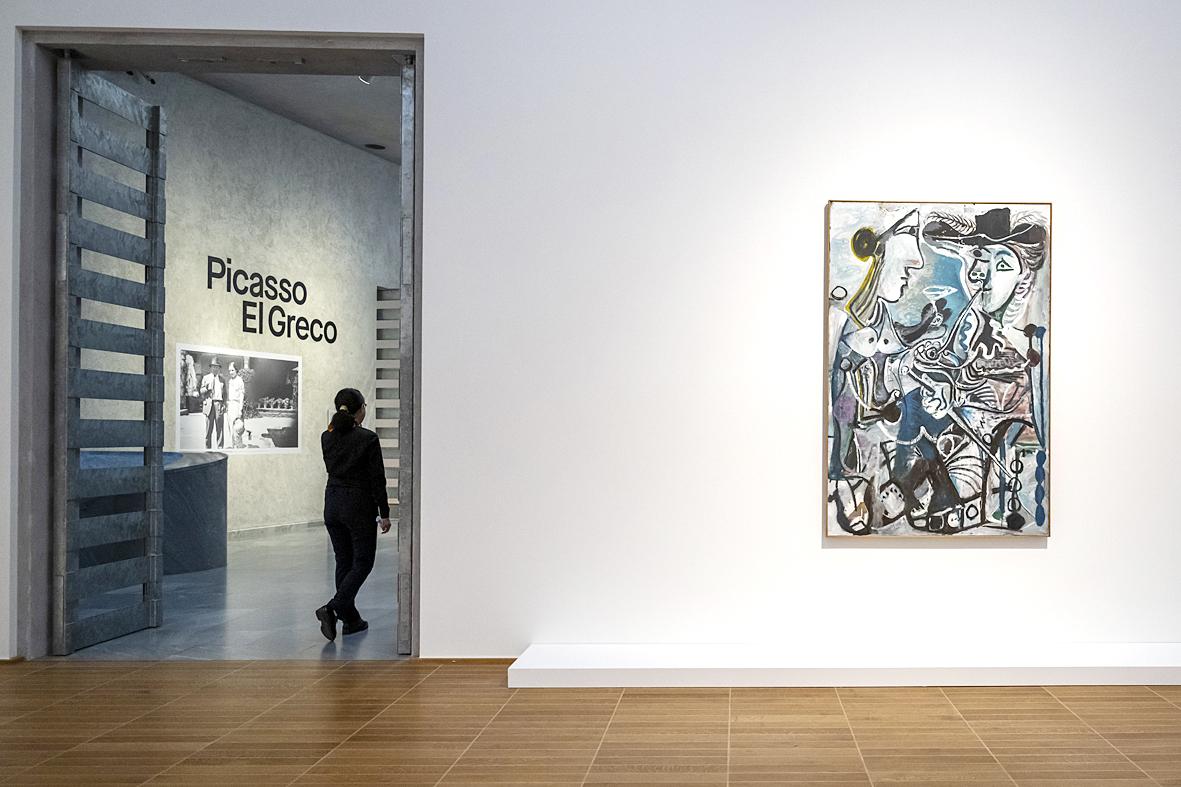
Photo: AP
Widmaier-Ruiz-Picasso told the Observer: “She said, ‘Of course, those are my sketchbooks when I was little.’ We tend to be very visual in the family so immediately she was plunged into that time. It was a very moving moment, not only because you’re talking about one of the greatest artists but also because it made it very human. I was excited. Then I was moved.”
Picasso, who died in 1973, had been taught to draw by his father, a professor of drawing, “so that was something natural for him to do” with Maya, his granddaughter said: “There’s a beautiful page where he’s drawing a bowl and she’s drawing a bowl.
“Sometimes she’s making an image and he’s doing another, showing her the right way to do it. Sometimes they would depict different scenes. Other times, he would draw a dog or a hat. Sometimes he’s using the whole page to draw one particular thing. Other times, he’s depicting certain scenes, scenes of the circus. It’s very interesting.”
Maya particularly remembers that, during the second world war, color pencils and notebooks were in short supply: “That’s probably why my father wrote in my exercise books and colored with my pencils. I still have fond memories of those moments when we met up in the kitchen to draw together. It was the only place in the apartment where it was warm.”
Widmaier-Ruiz-Picasso is an art historian, curator and jewelery designer, who has just published her latest book, Picasso Sorcier, exploring his superstitions and belief in magic.
She described the discovery of the sketchbooks as “fortuitous” because she was co-curating a major exhibition for the Musee Picasso-Paris on his close bond with his first daughter, born of his passionate love for Marie-Therese Walter, whom he met in 1927 when she was just 17 and he was 28 years her senior.
The exhibition, Maya Ruiz-Picasso, daughter of Pablo, runs until Dec. 31 and includes his many portraits of Maya, personal possessions and photographs, along with the sketchbooks and origami sculptures, which are being shown for the first time.
Whether the origami birds were made from invitation cards for his own exhibitions is unclear. The granddaughter said: “I didn’t want to open his work.”
In the exhibition’s accompanying book, she writes: “Who has never heard it said when looking at a canvas by Picasso, ‘A child could have done that!’ Many of the artistic revolutions of the 20th century were greeted with mockery and scandal, it is true, but in Picasso’s case there is a hint of truth in that judgment. As Maya, his first daughter, recalls, ‘the mystery of life, and therefore of childhood, always filled that father of mine with interest.’”
She adds: “Seeking a pictorial language that would break with the exhausted codes of academic realism, Picasso borrowed extensively from the unruly lines of children’s drawings. Where Van Gogh, Gauguin and Matisse concentrated on the graphic and pictorial naivety with which children draw, Picasso emphasized more the elements that upset figurative traditions, that is to say, distortion and deformity.”
Didier Ottinger, deputy director of the Musee national d’art moderne, Centre Pompidou, is currently staging a Picasso exhibition at the National Gallery of Victoria, Australia, a collaboration with the Musee Picasso-Paris. Noting that these sketchbooks reflect the artist’s fascination with childhood, he said: “Who learned from who?”
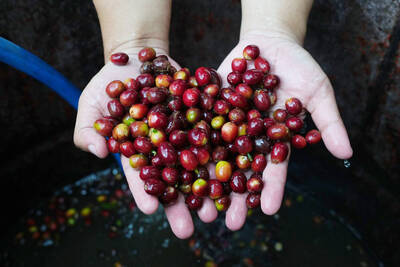
Climate change, political headwinds and diverging market dynamics around the world have pushed coffee prices to fresh records, jacking up the cost of your everyday brew or a barista’s signature macchiato. While the current hot streak may calm down in the coming months, experts and industry insiders expect volatility will remain the watchword, giving little visibility for producers — two-thirds of whom farm parcels of less than one hectare. METEORIC RISE The price of arabica beans listed in New York surged by 90 percent last year, smashing on Dec. 10 a record dating from 1977 — US$3.48 per pound. Robusta prices have
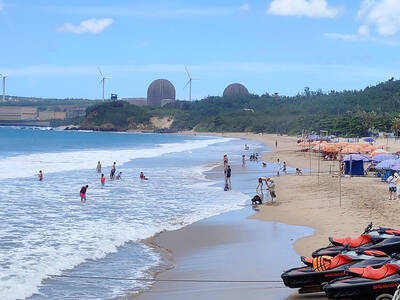
A dozen excited 10-year-olds are bouncing in their chairs. The small classroom’s walls are lined with racks of wetsuits and water equipment, and decorated with posters of turtles. But the students’ eyes are trained on their teacher, Tseng Ching-ming, describing the currents and sea conditions at nearby Banana Bay, where they’ll soon be going. “Today you have one mission: to take off your equipment and float in the water,” he says. Some of the kids grin, nervously. They don’t know it, but the students from Kenting-Eluan elementary school on Taiwan’s southernmost point, are rare among their peers and predecessors. Despite most of
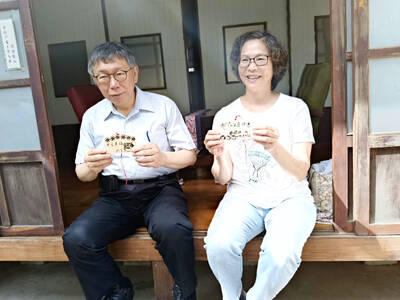
The resignation of Taiwan People’s Party (TPP) co-founder Ko Wen-je (柯文哲) as party chair on Jan. 1 has led to an interesting battle between two leading party figures, Huang Kuo-chang (黃國昌) and Tsai Pi-ru (蔡壁如). For years the party has been a one-man show, but with Ko being held incommunicado while on trial for corruption, the new chair’s leadership could be make or break for the young party. Not only are the two very different in style, their backgrounds are very different. Tsai is a co-founder of the TPP and has been with Ko from the very beginning. Huang has
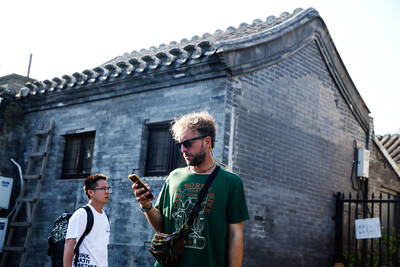
A few years ago, getting a visa to visit China was a “ball ache,” says Kate Murray. The Australian was going for a four-day trade show, but the visa required a formal invitation from the organizers and what felt like “a thousand forms.” “They wanted so many details about your life and personal life,” she tells the Guardian. “The paperwork was bonkers.” But were she to go back again now, Murray could just jump on the plane. Australians are among citizens of almost 40 countries for which China now waives visas for business, tourism or family visits for up to four weeks. It’s